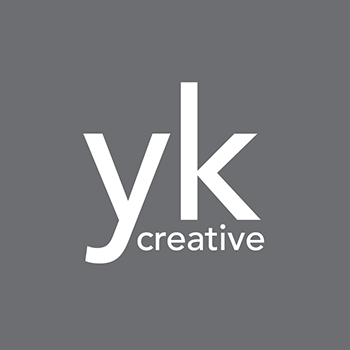What Makes You Special? How to Build Your Brand Identity
Branding is about picking the right colors and getting someone to design a logo for you, right? Yes, well—that’s part of the story. But before you get to that point, there are several questions you’ll need answers to. Here we’ll talk about the Big 3.
Question 1. What’s Going On In Your Industry and Where Will You Fit In?
Is your product or service the first of its kind, or is it a version of what’s already on the market? What differentiates you from the competition? Who are your competitors? What is the unmet need you’ll be filling?
The Dove Real Beauty Pledge
Question 2. Who Is Your Customer and What Do They Want?
The story of Dove soap illustrates the importance of understanding your customer (target audience). It underscores the critical role that ongoing research and analysis, and your ability to respond to changes, have in remaining successful.
Dove’s first customer was the U.S. military: Most people aren’t aware that Dove was designed to meet the needs of the U.S. Army, as a detergent that would lather in sea water. The formula was adjusted to add a moisturizing component after men complained the soap irritated their skin. From this humble and utilitarian beginning, it became the leading bar and liquid soap brand in the U.S., with around 24% market share.
1960s ads focused on soft skin: When it was introduced by Lever to U.S. consumers in 1957, their target audience was women who wanted clean but soft skin. Everything about the soap supported this, from its colors (pure white or pink) to its softer, more oval shape and their key messaging (“It’s one-quarter cleansing cream!” and “Dove creams your skin while you wash”). Although there was competition in the “beauty bar” industry, Dove distinguished itself. Spring-boarding off that success, they diversified into other personal care products and pushed into international markets.
Switching gears toward a more inclusive idea of beauty: Fast forward to 2004. Unilever, who now owned Dove, had been keeping its finger on the pulse of its audience and they uncovered something that would prompt a complete shift in their branding. Among their biggest audience segment, women ages 18 to 35, there was growing frustration over the narrow images of “beauty” portrayed in the media. They found that only 2% of women in the world said they would consider themselves beautiful.
In response, the company launched its Campaign for Real Beauty, focusing on themes of empowerment, raising self-esteem for women and children and depicting real people—of all different body types and skin tones—instead of using only thin Caucasian models. This campaign has been wildly successful and it will be interesting to see how their marketing strategy evolves in the years to come.
Question 3. Who Are You? Introspection is in Order, Too
We’ve touched on external brand factors—the look, the message, the market, the target customer—but a branding effort that isn’t built on a thorough understanding of who you are as a company, your values and your goals, is going to be on shaky ground.
It will take some thought and discussion to get there. You’ll need to agree on and articulate your:
Vision
What do you see yourself, your product or services achieving in the future? An example would be the Alzheimer’s Foundation’s vision of “A world without Alzheimer’s disease.”
Mission
What purpose does your company serve to your audience? Who do you support and why? If you had a home goods company, for example, your mission might be “To create a better everyday life for people.” Your mission can be adjusted over time, but your goals should always support your mission.
Values
List some values that are important to you and your team and explain how they relate to your products or services and to how you run your business.
For an example of Apple’s Business Philosophy, check out one of our blogs about their business philosophy.
ykcreative would be happy to discuss all your branding needs and answer any questions you might have. We are a creative service agency committed to converting leads into customers through award-winning branding, design, digital marketing and technology strategies.





